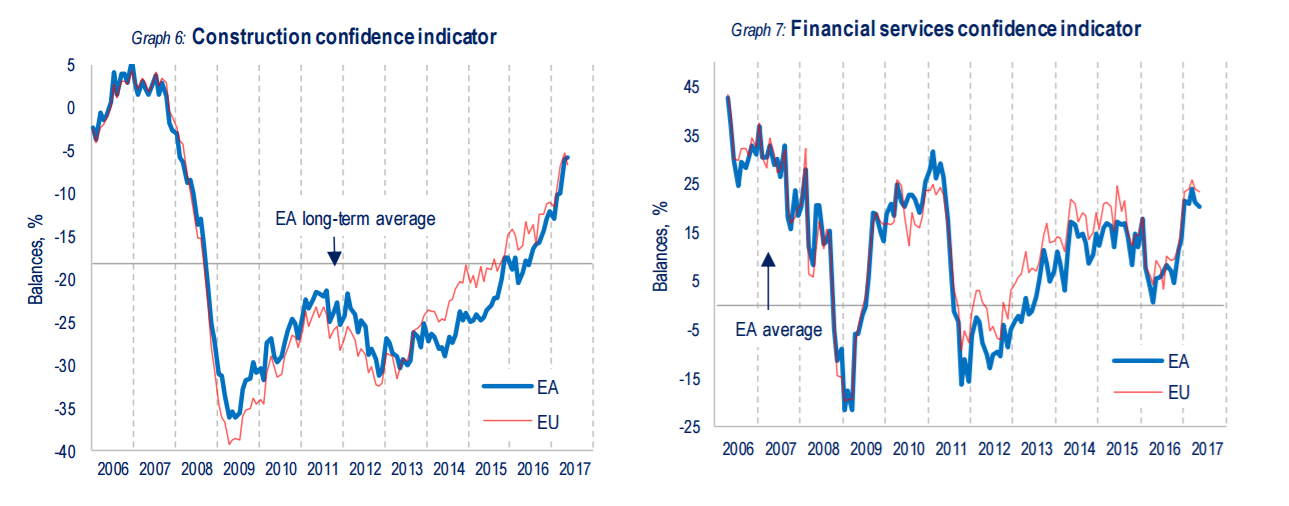Three years ago, Larry Summers reacquainted us with the term “secular stagnation” – a term originally used during the Great Depression to describe an extended period of weak but positive economic growth. In an interview this week, he stated he still agrees with that particular assessment of the overall economic situation:
“When I made my comments in 2013 at the IMF they were couched with very substantial doubts. Today I would have fewer. The essence of my argument then was that because of a variety of structural factors the neutral rate of interest was much lower than it had been and, therefore, getting to an adequately low rate was going to be more difficult. And that was going to act as a constraint on aggregate demand much more of the time than people thought. Relative to the prevailing forecasts at the time that I spoke, interest rates have been very substantially lower. Growth has been very substantially lower. Inflation has been very substantially lower for the industrialized world. Fiscal policy has been more expansionary. So the broad argument that I was making at that time seems more true today.”
The entire developed world is still grappling with weak growth, which Summer’s theory explains fairly well.
Last week, Mario Draghi gave a very important speech discussing EU’s internal financial situation. The lack of financial integration before 2014 made it difficult for the ECB to effectively implement its policy. But since then, several important structure changes have given the ECB more direct influence and control over large banks, allowing the ECB to more easily transmit interest rates. All data released this week confirm the EU continues to expand. Unemployment decreased .1% to 9.3% with a majority of countries improving. The Markit PMI increased .3% to 57. New orders hit a 73 month high, while production, new orders and employment all increased. Sentiment readings are also very strong:


Finally, overall inflation dipped .5% to 1.5% while the core rate was .9%. This gives the ECB plenty of room to keep policy accommodative for some time if needed.
Japanese news continues to be positive. For the 3rd consecutive month, the unemployment rate was 2.8%. This is spurring retail sales, which rose 3.2% Y/Y. Although household spending decreased, this was largely due to a drop in educational spending. The strong retail sales number indicates that consumption appears to be following the strong employment situation. Thanks to an increase in output, new orders and employment, the Makit PMI was up .4% to 53.1. This is confirmed by the strong industrial production number, which increased 4% M/M and 5.7% Y/Y.
Canadian GDP increased .9% Q/Q or over 3.5% annually. This is the third quarter of solid growth:

Household consumption rose 1.1% and gross fixed capital formation was up 2.9%. Machinery investment increased 5.8%, which indicates the oil related investment slowdown is reversing. And housing was up 3.7% (the housing sector is a key economic number for any developed country; it has a tremendous multiplier effect). This report confirms that the Canadian economy has shaken off the negative impacts of weak oil prices.
The overall tenor of international news remains positive. EU growth is finally accelerating Japanese growth is also advancing at a decent rate. Finally, Canada has shaken off the negative impact of oil's price drop several years ago. Now, if we could just hit that mythical and elusive "escape velocity" ...
